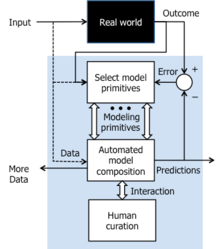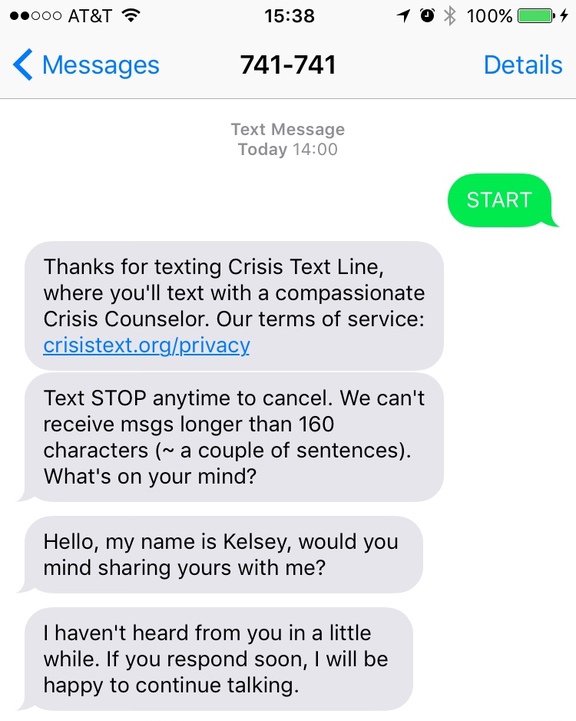Clive Thompson at the Smithsonian magazine: “As the 2016 election approaches, we’re hearing a lot about “red states” and “blue states.” That idiom has become so ingrained that we’ve almost forgotten where it originally came from: a data visualization.
In the 2000 presidential election, the race between Al Gore and George W. Bush was so razor close that broadcasters pored over electoral college maps—which they typically colored red and blue. What’s more, they talked about those shadings. NBC’s Tim Russert wondered aloud how George Bush would “get those remaining 61 electoral red states, if you will,” and that language became lodged in the popular imagination. America became divided into two colors—data spun into pure metaphor. Now Americans even talk routinely about “purple” states, a mental visualization of political information.
We live in an age of data visualization. Go to any news website and you’ll see graphics charting support for the presidential candidates; open your iPhone and the Health app will generate personalized graphs showing how active you’ve been this week, month or year. Sites publish charts showing how the climate is changing, how schools are segregating, how much housework mothers do versus fathers. And newspapers are increasingly finding that readers love “dataviz”: In 2013, the New York Times’ most-read story for the entire year was a visualization of regional accents across the United States. It makes sense. We live in an age of Big Data. If we’re going to understand our complex world, one powerful way is to graph it.
But this isn’t the first time we’ve discovered the pleasures of making information into pictures. Over a hundred years ago, scientists and thinkers found themselves drowning in their own flood of data—and to help understand it, they invented the very idea of infographics.
**********
The idea of visualizing data is old: After all, that’s what a map is—a representation of geographic information—and we’ve had maps for about 8,000 years. But it was rare to graph anything other than geography. Only a few examples exist: Around the 11th century, a now-anonymous scribe created a chart of how the planets moved through the sky. By the 18th century, scientists were warming to the idea of arranging knowledge visually. The British polymath Joseph Priestley produced a “Chart of Biography,” plotting the lives of about 2,000 historical figures on a timeline. A picture, he argued, conveyed the information “with more exactness, and in much less time, than it [would take] by reading.”
Still, data visualization was rare because data was rare. That began to change rapidly in the early 19th century, because countries began to collect—and publish—reams of information about their weather, economic activity and population. “For the first time, you could deal with important social issues with hard facts, if you could find a way to analyze it,” says Michael Friendly, a professor of psychology at York University who studies the history of data visualization. “The age of data really began.”
An early innovator was the Scottish inventor and economist William Playfair. As a teenager he apprenticed to James Watt, the Scottish inventor who perfected the steam engine. Playfair was tasked with drawing up patents, which required him to develop excellent drafting and picture-drawing skills. After he left Watt’s lab, Playfair became interested in economics and convinced that he could use his facility for illustration to make data come alive.
“An average political economist would have certainly been able to produce a table for publication, but not necessarily a graph,” notes Ian Spence, a psychologist at the University of Toronto who’s writing a biography of Playfair. Playfair, who understood both data and art, was perfectly positioned to create this new discipline.
In one famous chart, he plotted the price of wheat in the United Kingdom against the cost of labor. People often complained about the high cost of wheat and thought wages were driving the price up. Playfair’s chart showed this wasn’t true: Wages were rising much more slowly than the cost of the product.
“He wanted to discover,” Spence notes. “He wanted to find regularities or points of change.” Playfair’s illustrations often look amazingly modern: In one, he drew pie charts—his invention, too—and lines that compared the size of various country’s populations against their tax revenues. Once again, the chart produced a new, crisp analysis: The British paid far higher taxes than citizens of other nations.
Neurology was not yet a robust science, but Playfair seemed to intuit some of its principles. He suspected the brain processed images more readily than words: A picture really was worth a thousand words. “He said things that sound almost like a 20th-century vision researcher,” Spence adds. Data, Playfair wrote, should “speak to the eyes”—because they were “the best judge of proportion, being able to estimate it with more quickness and accuracy than any other of our organs.” A really good data visualization, he argued, “produces form and shape to a number of separate ideas, which are otherwise abstract and unconnected.”
Soon, intellectuals across Europe were using data visualization to grapple with the travails of urbanization, such as crime and disease….(More)”

 DARPA
DARPA
